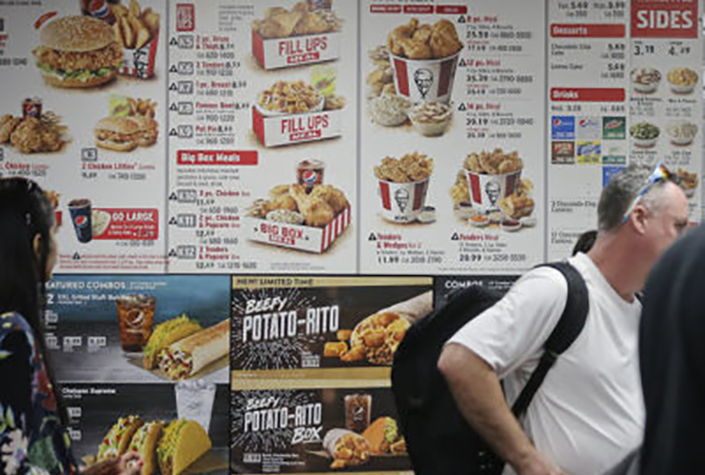Calorie counts: For some consumers, labels serve as invitations to indulge

One of the most popular New Year’s resolutions is to eat healthier and make better decisions when choosing what foods to eat. But a recent study by Texas A&M AgriLife researchers shows there are often competing and conflicting forces at work when making food choices.
“Consumers who already know the approximate calorie content of various food options and are conscious about calorie intake often choose the lower-calorie food to eat,” said Marco Palma, professor in the Department of Agricultural Economics in the College of Agriculture and Life Sciences and director of the Human Behavior Laboratory at Texas A&M University. “However, when multiple food options are presented together in one menu, the decision to eat healthy may not be as simple as the consumer may expect, depending on the relative calorie distance.”
Palma said the calorie distance is the difference in the number of calories in food items. This “distance” affects the visceral reaction or gut feeling related to the temptation of food items.
“This relative magnitude difference in food menu options affects a person’s temptation for a food item and ultimately the person’s food choice,” he said. “If a brownie is 500 calories and an apple is 80 calories, then the calorie distance is 420 calories. Similarly, if an orange has 60 calories, then the calorie distance between the apple and the orange is only 20 calories.”
Palma noted the presence of a high-calorie item in a menu increases the temptation for it, making low-calorie items less appealing.
The study “Does the magnitude of relative calorie distance affect food consumption?” was recently published in the Journal of Economic Behavior and Organization. In their work, the scientists demonstrate how food choices’ calorie distance creates temptation and reduces the benefit of disclosing a food calorie count to the consumer.
“Specifically, we researched if calorie labels can lead consumers to choose low-calorie and healthier food decisions,” Palma said. “However, we also observed an opposing factor – temptation – when a higher calorie content serves as a signal for a tastier food product.”

